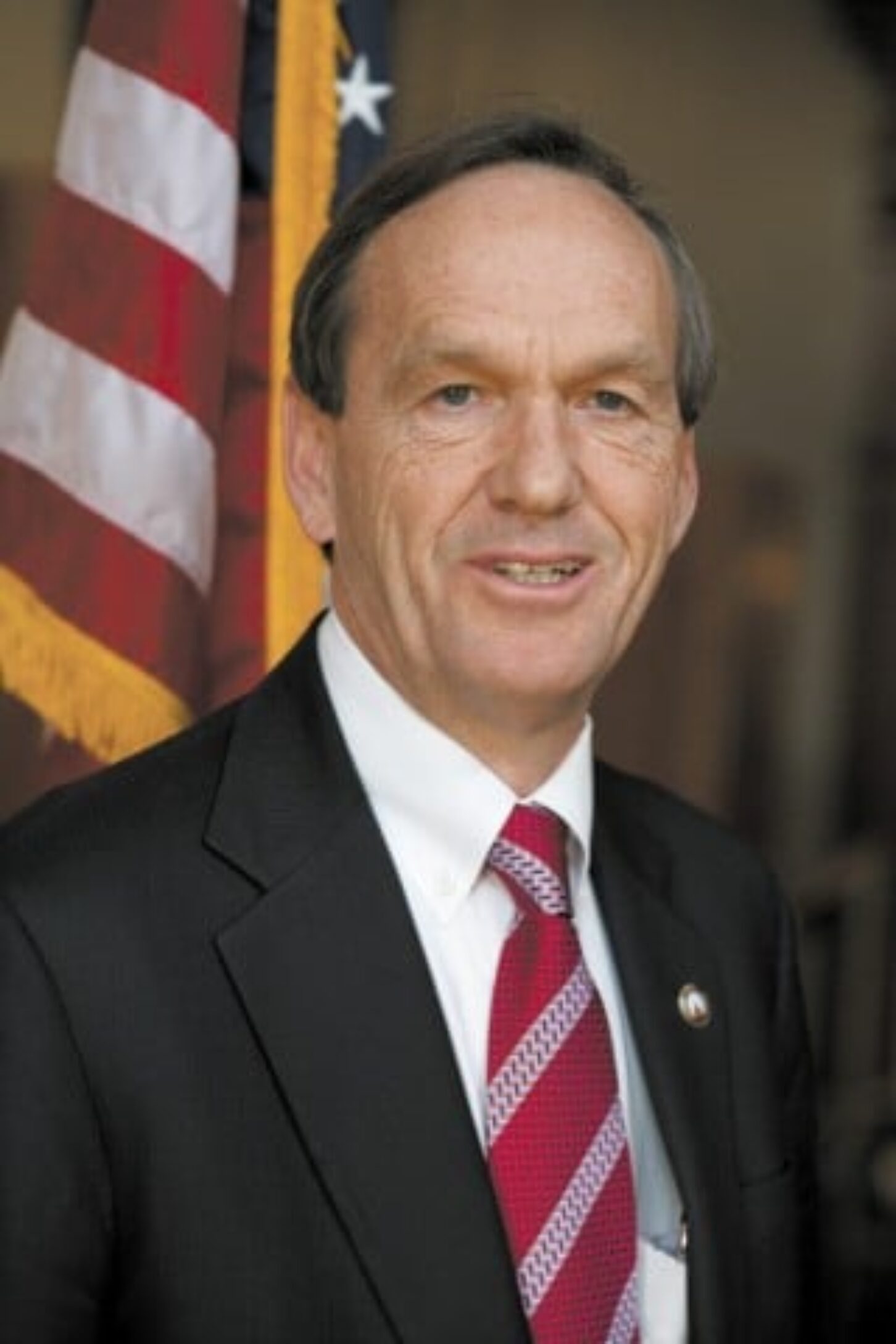

A state education finance commission composed of lawmakers and others inside the learning game has recommended Georgia abandon the “65 rule” that mandated school districts spend that percentage of state funds on classroom instruction. “It doesn’t have any relevance to academic performance,” said commission co-chair Senator Fran Millar.
Millar carried the 65 percent rule bill during former Governor Sonny Perdue’s administration as one more idea to improve learning in classrooms statewide. Despite what he described as the 65 rule’s “well-intended impact,” state school Superintendent John Barge agreed with Millar that, “The research was very clear that it has not made any significant impact.”
The recommendation was among dozens approved Wednesday when the education finance study commission held a public meeting at the Georgia Transmission headquarters in Tucker. Forty-three of the state’s 180 school districts have waivers from the “65 rule” and others without waivers have been unable to meet the requirement. The recession hammered state and local funding resources for education budgets. Fiscal recovery has been tepid.

“There are a lot of things (in the 65 rule) that are not included in instruction, things like media specialists and school counselors,” Barge said during an interview. “When those aren’t included systems don’t get to include those personnel as part of classroom instruction. Having been a high school principal, I know that my media specialists do a lot of classroom instruction.”
Some ideas approved Wednesday fit under what Barge described as “low hanging fruit that are obvious,” essentially, outdated mandates, some decades old already replaced in code or in practice. One outdated restriction bans devices like iPads in classrooms. Another ancient idea gives the state Board of Education authority to approve school system expenditures over $100. In practice, that has not been happening so it is irrelevant.
The finance commission did not make recommendations on its two biggest challenges: First, how to resolve underfunding problems with equalization grants paid to the state’s least wealthy school systems; and, second, how to revise the state’s basic education funding formula in place since 1985. The formula is known as QBE, the acronym for Quality Basic Education.

“Equalization is critical, to get that right, to see that we’re taking care of the systems that really have the needs,” said commission co-chair Rep. Brooks Coleman. Georgia has 180 public school systems. Equalization grants are paid to 75 percent of districts statewide, those that have the lowest available local funds. Under the existing formula, the state should invest about $600 million per year into equalization, but available funds are just $400 million. That means the program is under-funded by about one-half and it requires rethinking the formula.
QBE impacts every public school system. “Is QBE fine? Is the formula okay? We feel it is but it needs to be updated,” Coleman said. “It hasn’t been updated in 25 years. There is no way we can restore the austerity cuts so we will have to say, here’s what QBE has right now. Over the next few years where do we see placing the monies that come in? When you talk about QBE, 90 percent of that is teacher salaries, so there is not a lot of extra money.” The commission seems intent on including classroom technology costs in the next QBE formula.
There was extensive discussion about how the state and local systems share transportation funding. Georgia schools operate 15,000 buses. One recommendation would exempt schools from the 7.5 percent motor fuel tax; the exemption would save $5 million per year.
The commission also approved what subcommittee chair Kelly Henson described as a “modest recommendation” to increase state support for schools transportation by $20 million annually to $150 million. That would assist schools with drivers’ salaries, liability insurance, drug testing and operating costs. The extra $20 million would phase in over four years.
The commission also debated whether systems should fund transportation for students who live less than 1.5 miles from their school. The debate quickly became a conversation about safety with Sen. Lindsey Tippins insisting that the state emphasize safety regardless of cost.

School systems will also be encouraged to consider installing more stop arm cameras on buses to identify drivers who disregard the STOP sign on buses picking up or dropping off students. Millar said there are thousands of documented cases in which drivers put children in peril. One idea would encourage systems to share revenue from offenders with camera vendors to help offset initial costs to install cameras.
Equalization, QBE and most other recommendations are expected to go before lawmakers when the General Assembly returns next week. Transportation recommendations will not be complete until later this year and would go before lawmakers in the 2013 Legislature.
“The bottom line of all of this is, for those systems that get good results we should give them as much flexibility as possible,” Millar said. “That’s the overall thing, but what I’m saying is, we can’t just be adding money here, there and everywhere. We can’t afford it. No matter what we do in these meetings, we’re going to modify whatever we come out with here. We’re getting the relatively easy things done now.”